Gran Canaria, a landscape forged by volcanoes
Fifteen million years ago, the ocean used to spread its blue expanse right over the same place where the island of Gran Canaria stands today. Then, the island rose from the bottom of the sea as a result of the force of volcanic eruptions, as this archipelago was born from volcanoes. The subsequent building and erosional stages gave rise to an astonishing and complex geological environment which lies behind the rich landscapes and the environmental and ethnographic wealth that attract visitors from all over the world.
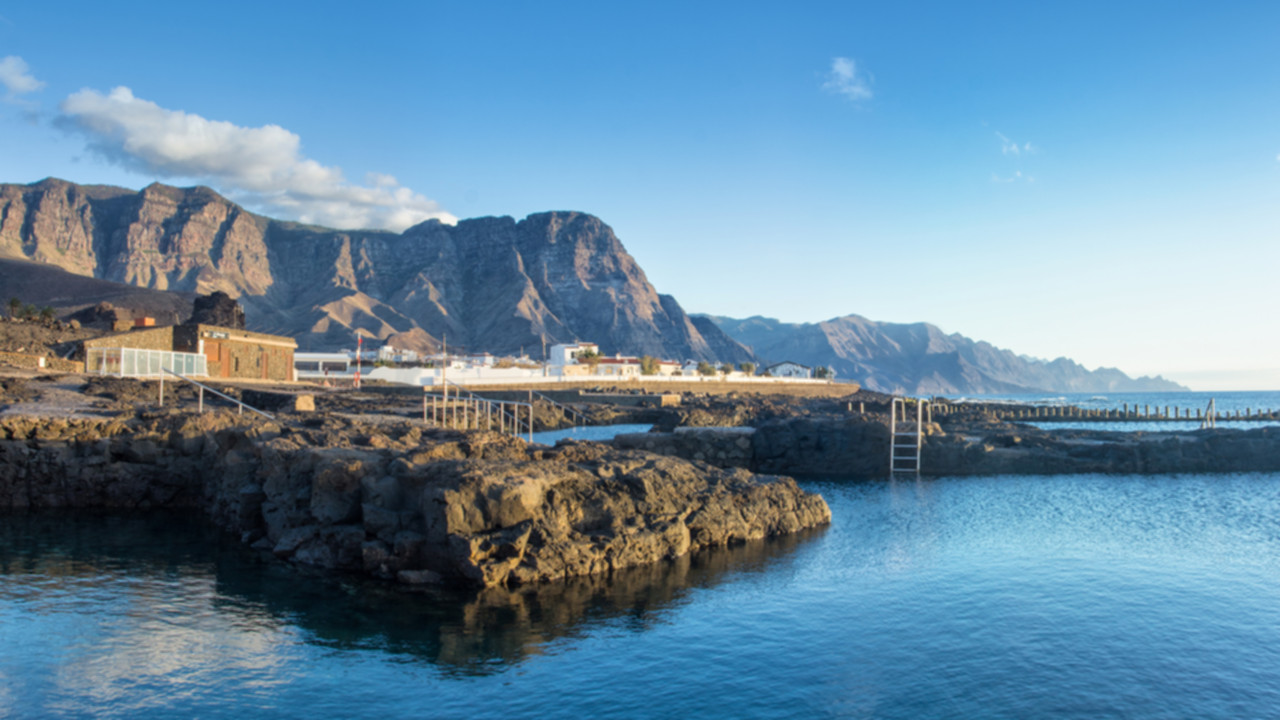
The volcano, the rain, the winds and the waves came together to sculpt an island of cliffs, fertile plains, deep ravines, black and golden fine sand beaches, natural pools, galleries, caves, stone arches, valleys and monoliths. Such a geological diversity, together with the island’s altitude and variety of micro-climates, makes it possible for Gran Canaria to have so many different faces. The island looks very different when looking down the Pico de Las Nieves and feeling the vertigo, standing at an altitude of almost two thousand metres and, than it does when seen from the coast, while hugging the Atlantic Ocean. But it is the same island nonetheless: the heir to the volcano.
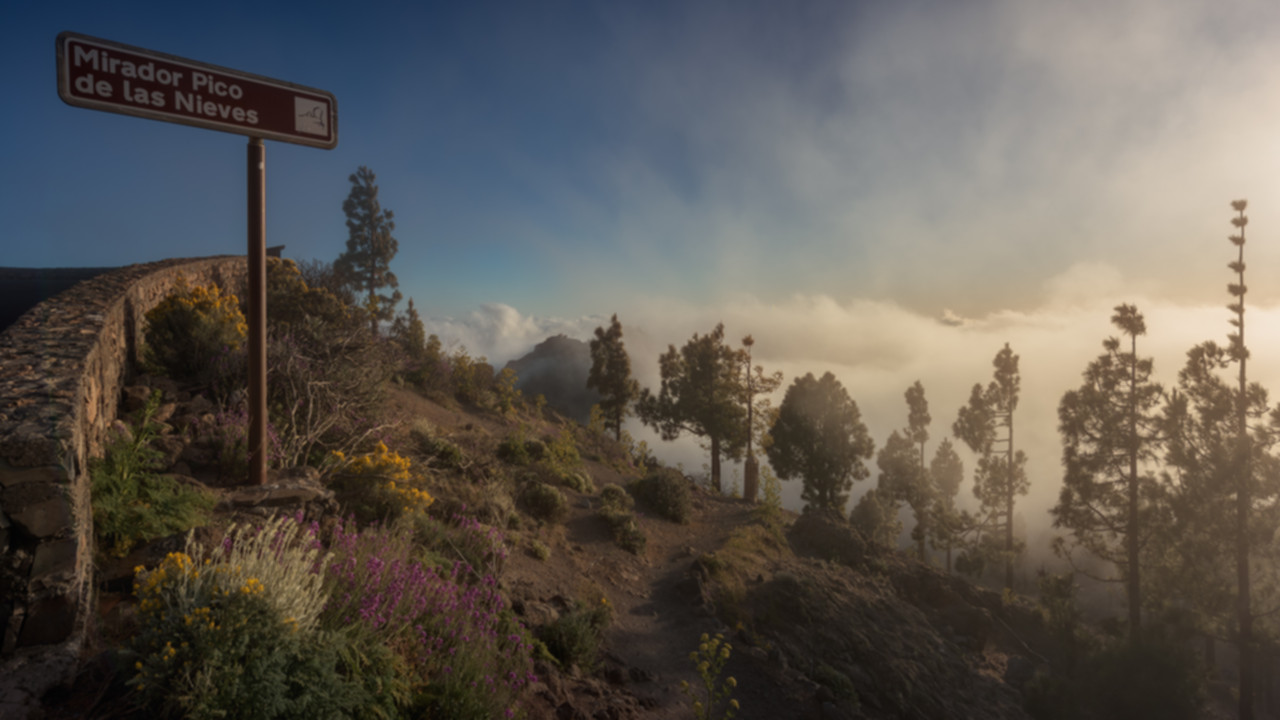
Today, the volcano has been a sleeping titan for millennia and we can get near it with nothing to fear. In fact, the island’s volcanic heritage is nowadays reflected in its natural spaces which can be visited and are protected as they have been given different protected area designations because of their geological and biological uniqueness.
“The last eruption on the island of Gran Canaria took place approximately 2,000 years ago and gave rise to the Pico and the Caldera de Bandama”, explains Juan José Pérez Torrado, Professor of Petrology and Geochemistry at the University of Las Palmas de Gran Canaria. Water entered the eruptive vent of the caldera and the increased pressure generated by evaporation led to an explosive eruption. It was a rarity. “In fact, of the 25 eruptions that have taken place on the island in the last 11,700 years, this was the only one of an explosive nature”, points out the specialist.
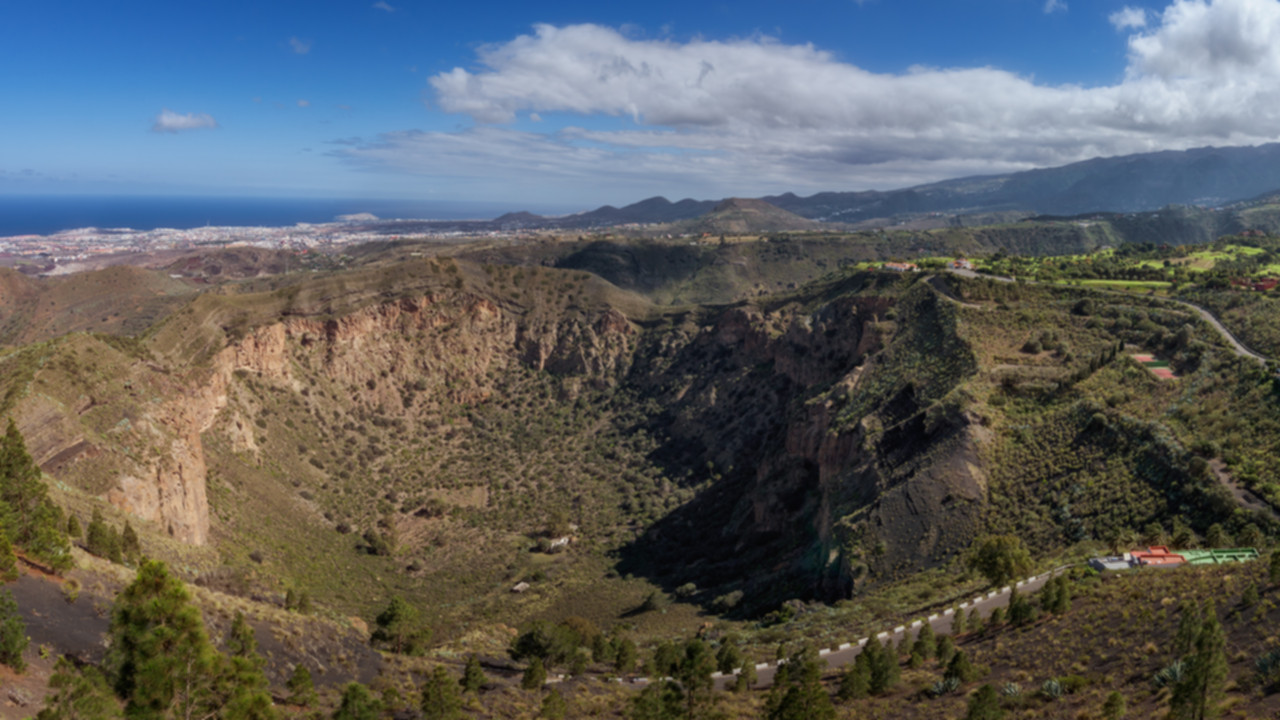
Sooner or later, a phoenix always takes flight again. “The volcano is a source of creation and regenerates the soil. A lot of ash and pyroclastic rocks -or lapilli- were expelled from Bandama," says Pérez Torrado. The iron, magnesium and calcium deposited fertilised the land for miles around. In fact, its name -Bandama- was given by a Flemish merchant named Daniel Van Damme who bought the land in the 17th century to cultivate the fields. Nearby, the famous Monte Lentiscal, a wine-growing area, owes its features and fertility to these nutrients that literally fell from the sky.
Nowadays, the Pico and Caldera de Bandama have been declared a Natural Monument and are included on every list of must-see places on the island, particularly in the surrounding areas of the capital city, Las Palmas de Gran Canaria. The trees of this area -mastic trees, wild olive trees, palm trees, dragon trees, junipers and mocaneras and other endemic species, such as white bugloss, Canary tree mallows, morning-glory-trees and Canary orobals- bear witness to the outstanding biodiversity which is found on the slopes of the volcano.
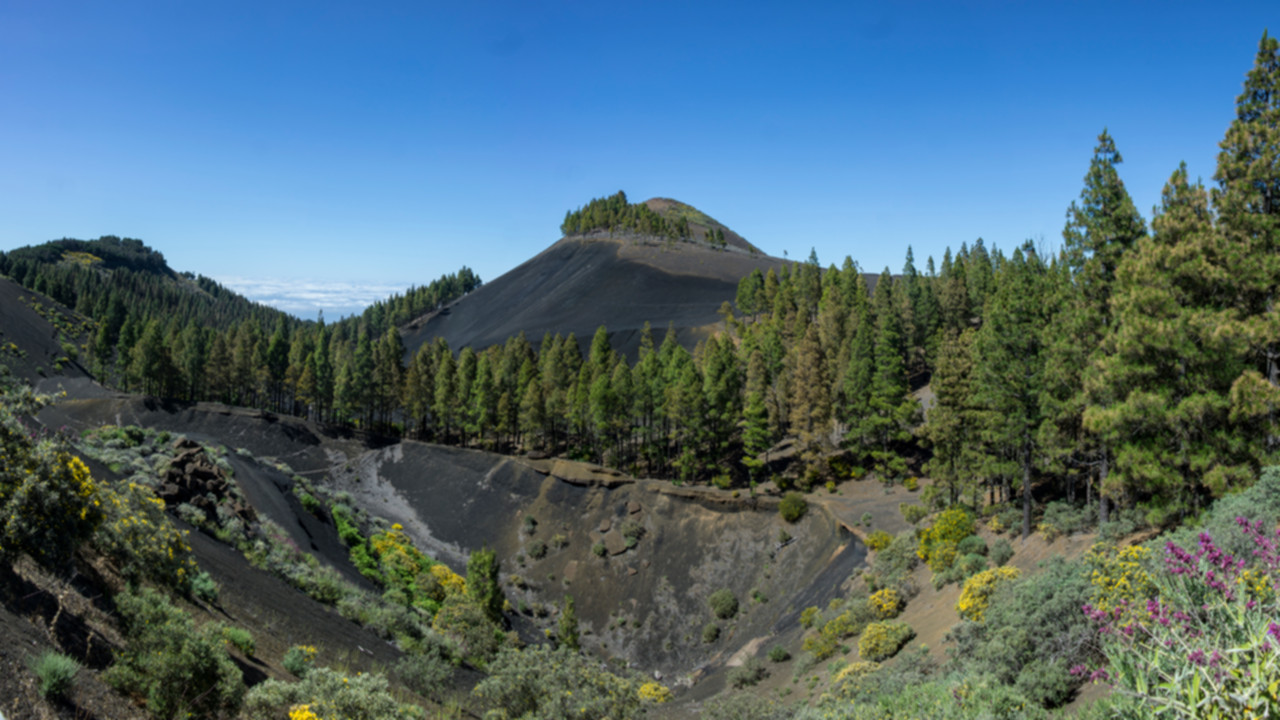
And higher up, where the island pierces the sky, lies the Protected Landscape of Las Cumbres de Gran Canaria, the High Mountain Region of the island where a series of volcanoes that erupted about three thousand years ago are aligned. The Montañón Negro, at 1,669 metres above sea level, the Caldera de los Pinos de Gáldar, where Canary Island pine trees that are over three hundred years old still stand today, Hondo de Fagagesto and Berrazales. Long before that, more than 12,000 years ago, the Caldera de Los Marteles, another geological landmark on the island, was formed.
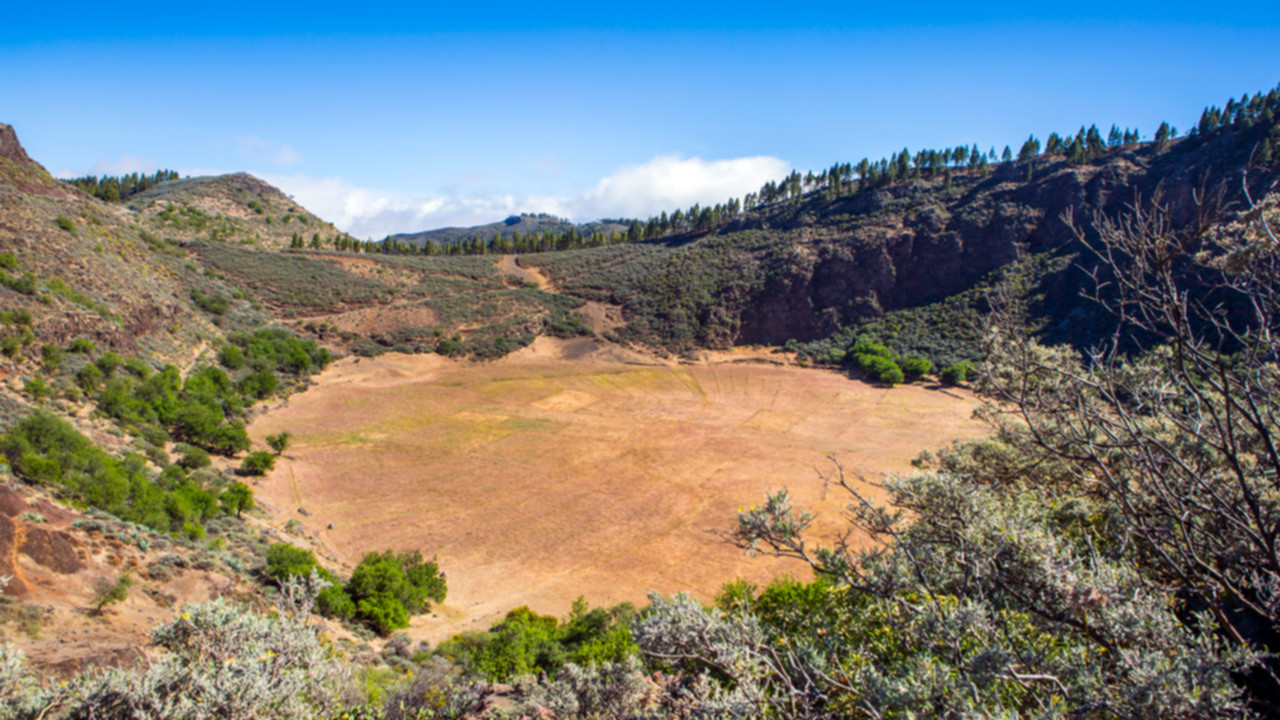
Inside the Protected Landscape of Las Cumbres, you will also find the Cultural Landscape of Risco Caído and the Sacred Mountains of Gran Canaria, declared a World Heritage Site by UNESCO, which specially valued its indigenous heritage, particularly the way natural caves or caves made by humans in the volcanic tuff were used as dwellings, barns or sacred places for rituals. Birds such as sparrowhawks, crows, swifts and the Canary Islands kestrel share their daily flight over this territory together with the spirit of the Phoenix.
Science has named the eruptive processes that took place between 5.3 and 3.5 million years ago particularly in the upper part of Gran Canaria, the 2nd Cycle or the Roque Nublo Cycle, a stage in which a large stratovolcano reached a height of 3,500 metres before collapsing. During said stage some of the most characteristic and symbolic elements of the island became engraved in the territory, including the Nublo and Bentayga volcanic rock formations, two heroic remains of a time when destruction and creation went hand in hand.
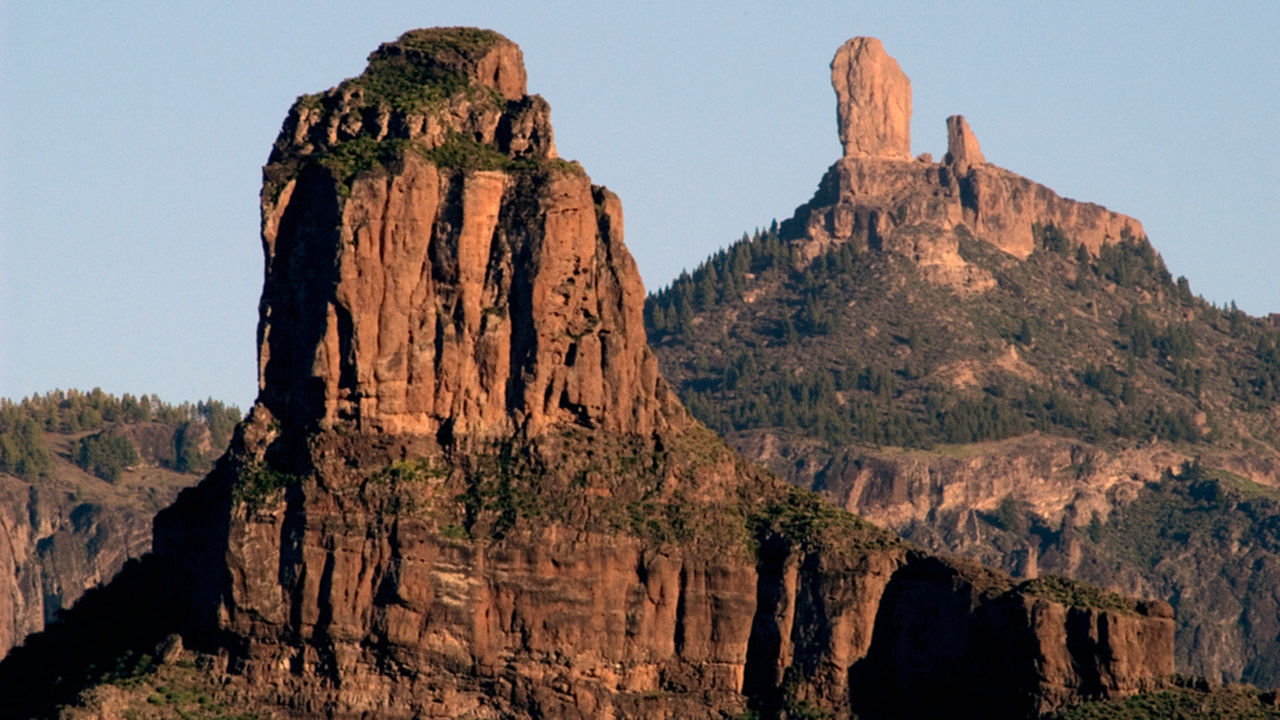
Further down the island to the southeast, in the mid-altitude areas of the municipality of Telde, there is an area known as Campo de Volcanes Rosiana (the volcano fields of Rosiana), perfect for a hike along its loop trail surrounded by the centenary dragon trees of El Gamonal, country estates and the sinuous silhouette of Quaternary volcanic cones, especially that of El Melosal, on whose summit a crescent moon seems to have lain down.
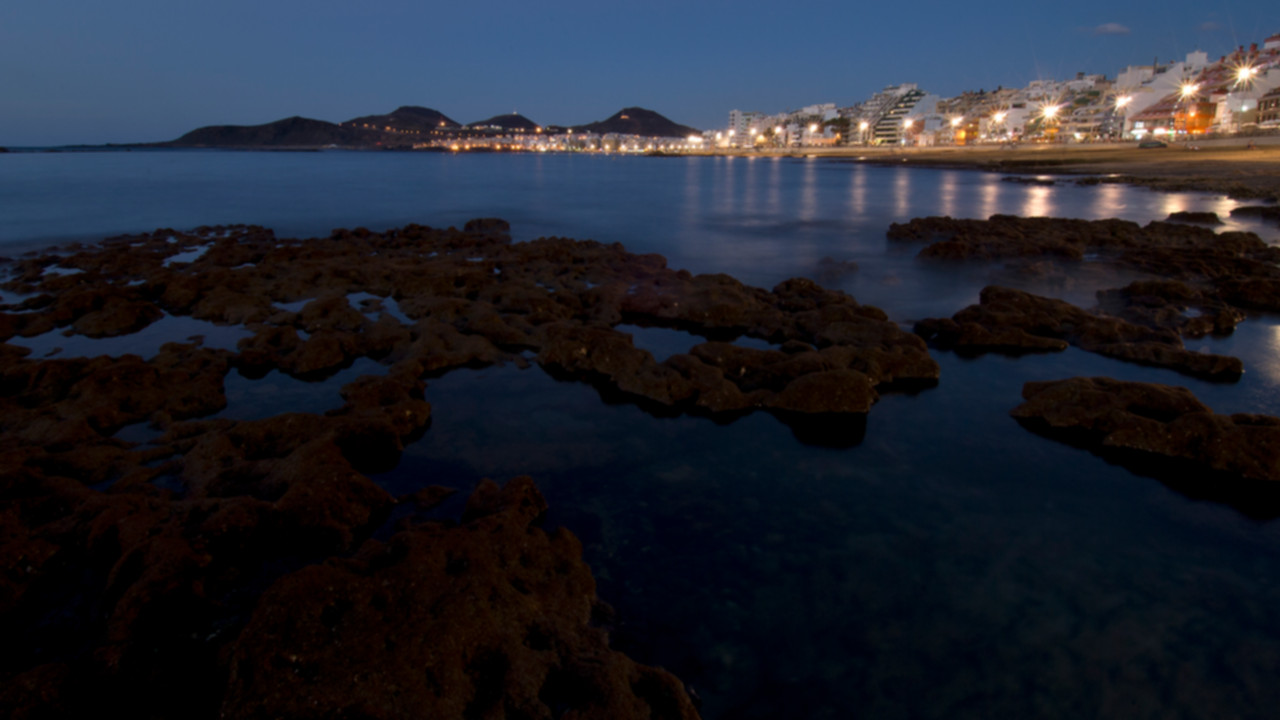
If you walk from Las Canteras Beach, the heart of the island’s populous capital city, towards La Isleta Protected Landscape, you will find ancient tongues of solidified lava jutting out into the ocean. They are the petrified claws of a volcano. Some small arches have been created here and there, together with other whimsical formations that catch the visitor’s attention and imagination, thousands of years after they were formed. Meanwhile, fishermen's boats come and go, and people dive into an ocean that fifteen million years ago had no shore in this part of the world.


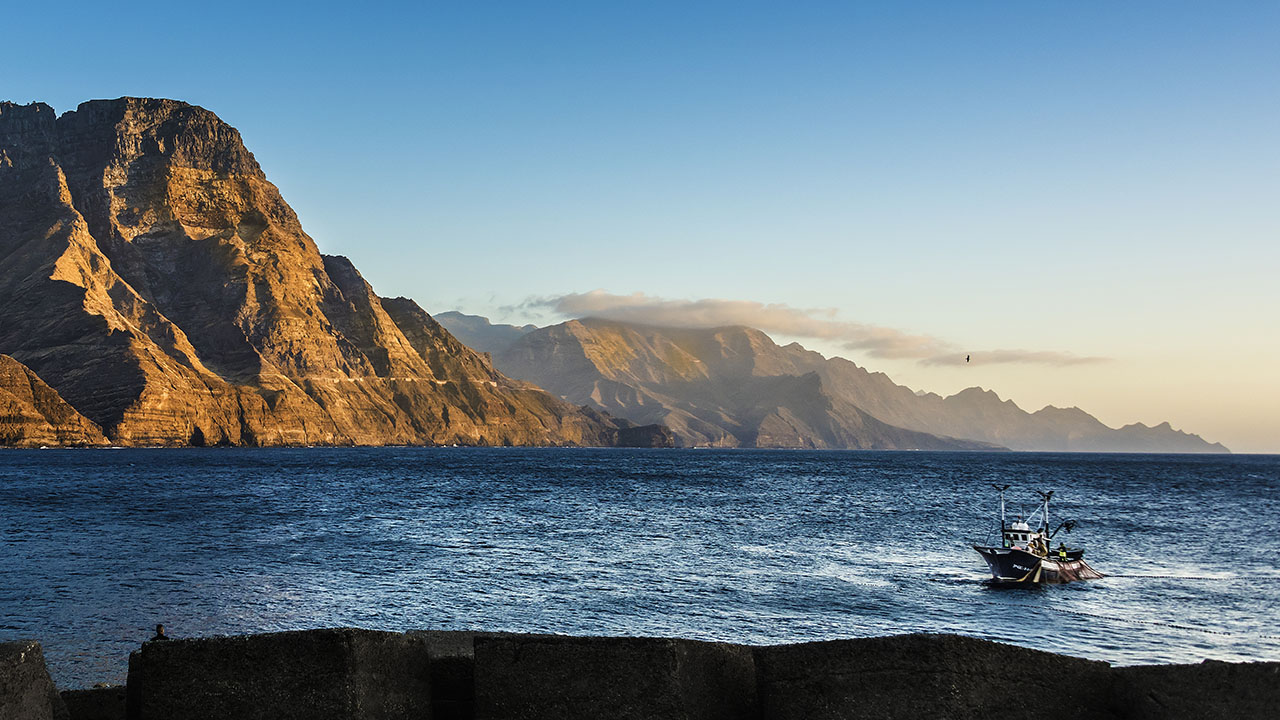
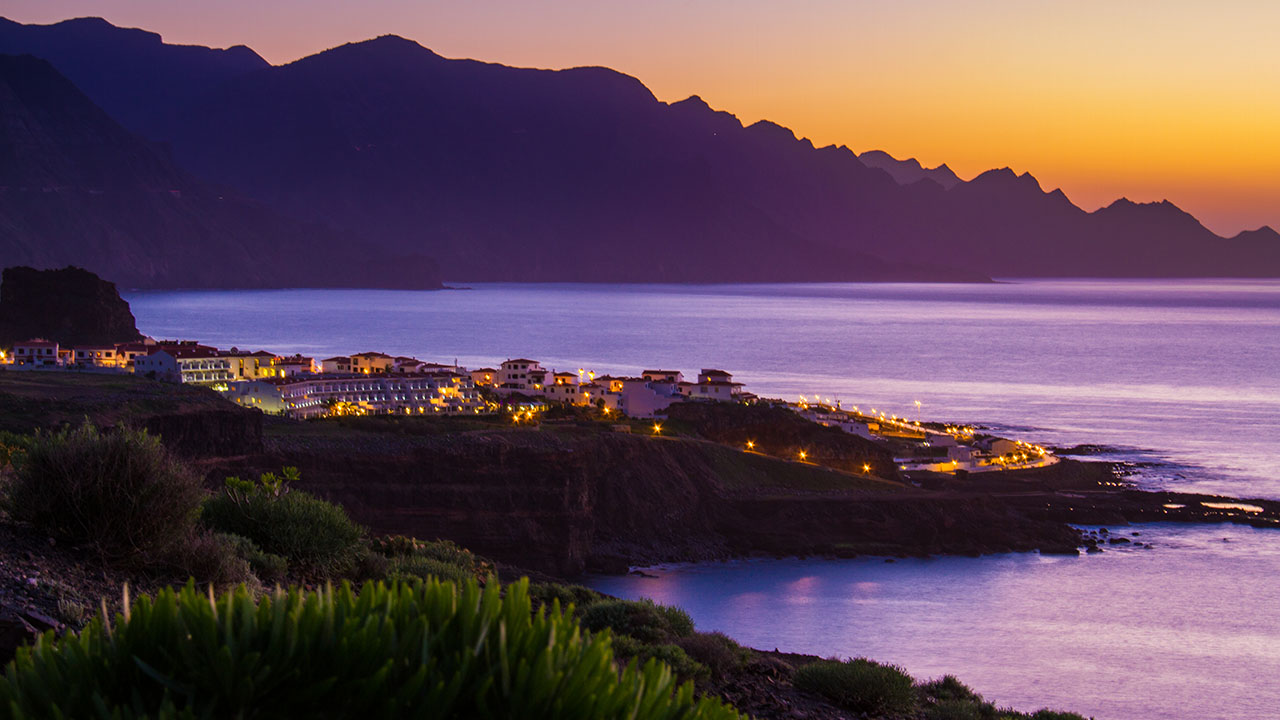
Comments are disabled for this post.